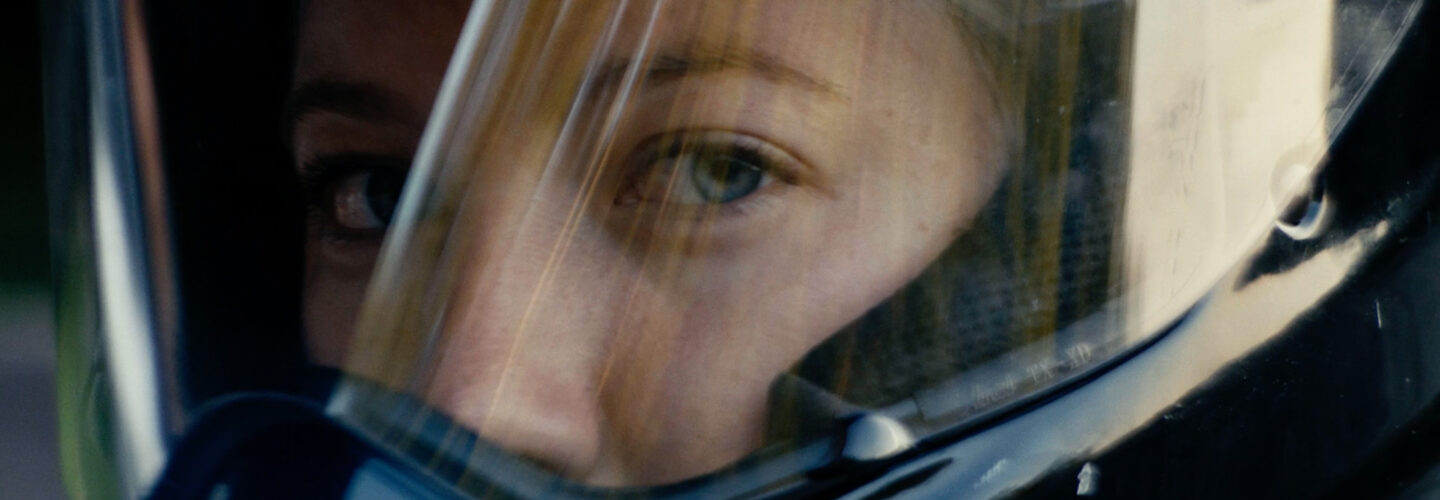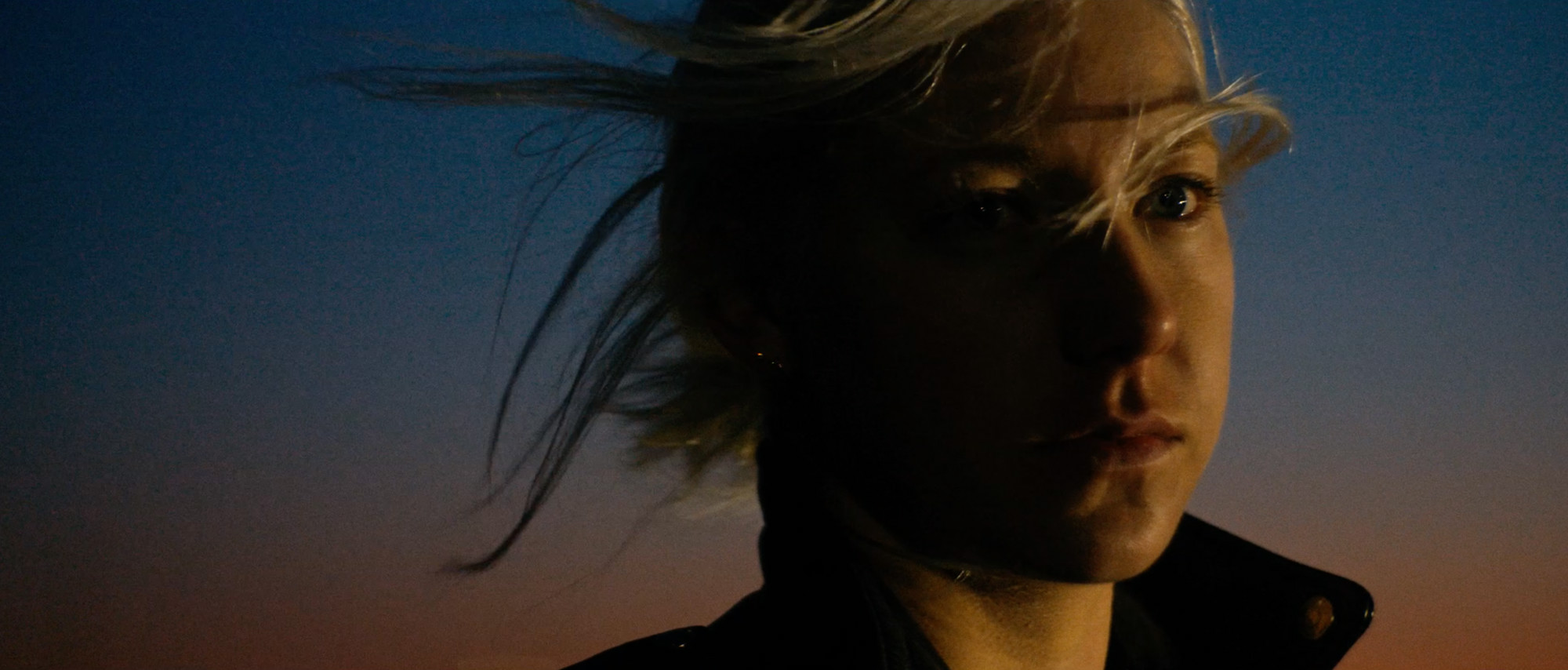
Calling bullshit on the outmoded presumptions of what constitute ‘feminine pastimes’, Jane Love the captivating hell-raising subject of New York-based filmmaker Andree Ljutica’s coming of age short, throws off regressive expectations in pursuit of a life authentic to her adrenaline-fuelled nature. A poetically fluid take on the voiceover documentary, DN invited Ljutica to reveal how Jane Love’s unbridled spirit inspired and shaped this meditative film about female power.
I first noticed Jane’s positivity, followed shortly by her curiosity for art, design and fashion. I then noticed her erratic style, donning objects and clothes which allowed her style to evade facile gender categorization. A deliberate presentation of masculinity and femininity at once. I eventually learned about her love of motorsports. An aspiring fashion stylist with a deep interest in these heavy machines that imbue so much power quickly became an attractive alchemy for a character story. From here, the image of her white blonde hair falling out of a black motorcycle helmet repeated in my mind to an obsessive degree. It felt like an iconic enough moment to build a story around.
We spent time together. I asked her questions about growing up in the South and her attraction to things like motorcycles; things which might be considered traditionally masculine. Her character started to form when she outlined this kind of rejection of conservative values. There was a rebellion here that I was really attracted to. Suddenly the bike became a character as well, or more her co-conspirator in this great escape.
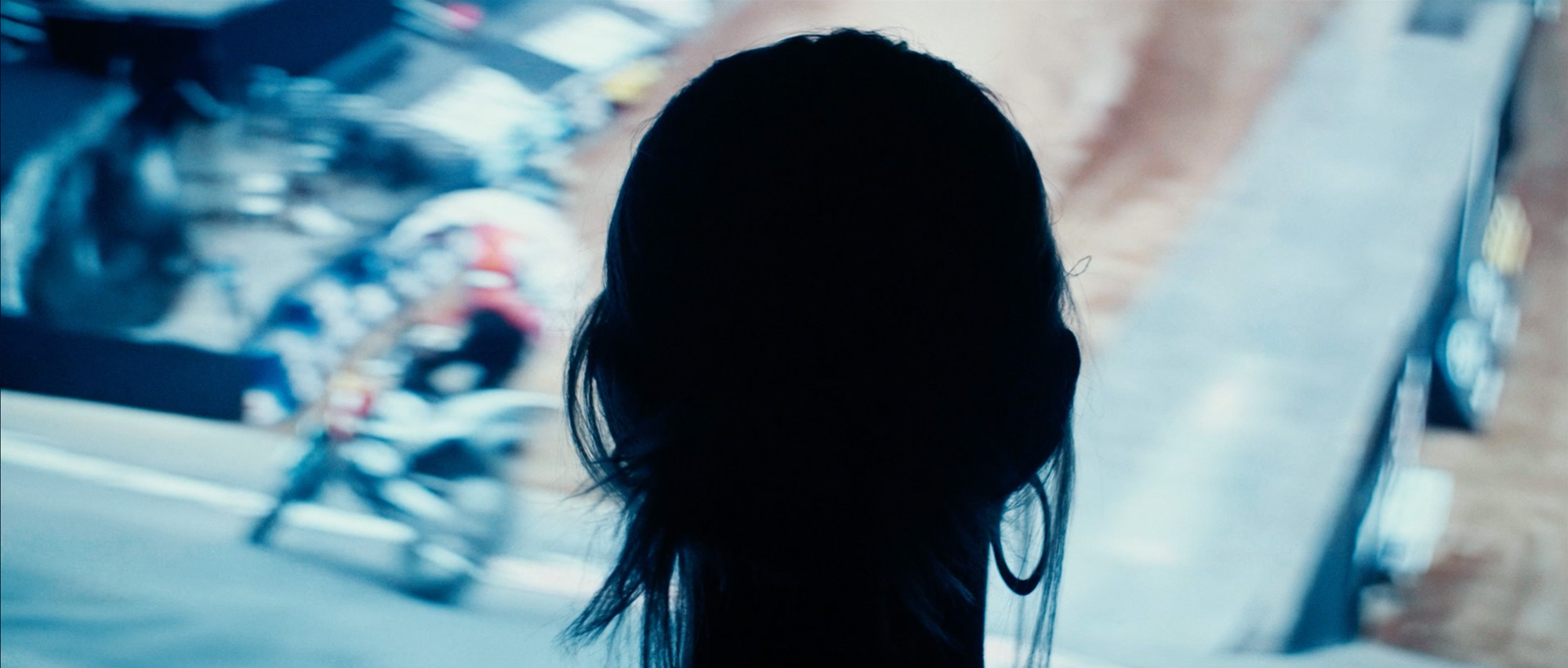
I think the voiceover documentary form is getting quite familiar now so I hoped to add interest by being less strict with the voiceover. I always wanted this kind of meandering voice — something that felt more like a verbal diary entry or reflection as opposed to a description of events on screen. So after a few “interviews”, I assembled a script that gave us enough room to explore moments on set, but remain composed. Because of this approach, I think the final analysis is something in between documentary and narrative. Documentary in that it accounts for actual events but narrative in its deliberate detachment from reality in some places.
The image of her white blonde hair falling out of a black motorcycle helmet repeated in my mind to an obsessive degree.
After having finished a narrative film with dozens of people, multiple locations and an infrastructure that felt at times, immobile, I was really attracted to the idea of keeping this production lean. I come from a painting background and wanted Jane Love to feel like something very expressive and gestural rather than laborious and dense. There was also a worthy challenge in making something with as little as possible again.

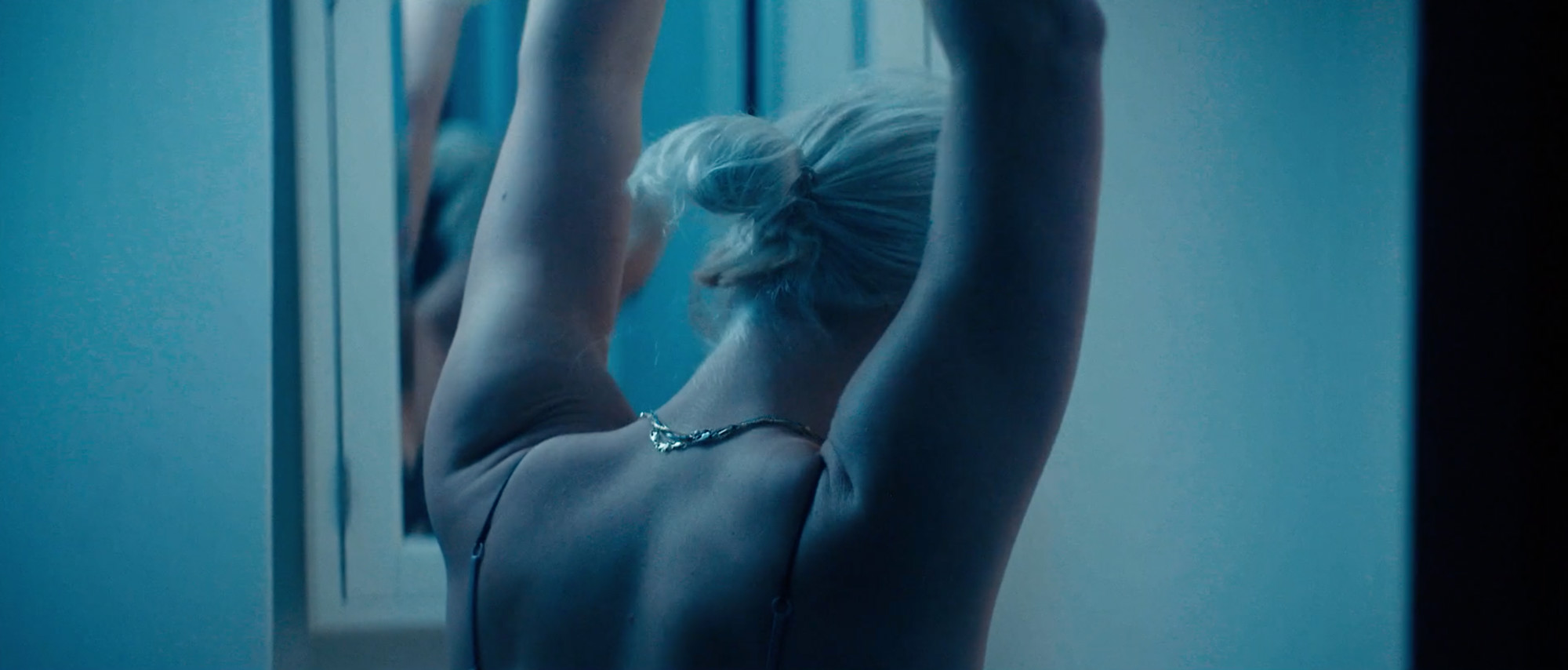
We actually shot this on an FS7 with repackaged vintage lenses. It was meant to be truly anamorphic but I just didn’t have the money. So instead, my Cinematographer Derek Aspenberg developed a plan to get us the texture, the grit and the interplay with light that I was looking for, using spherical Apogees and some bizarre adaptors. It was a truly unconventional camera set up but it rendered an image that I find pretty distinct. Plus that Sony is great at night. Ultimately, for something created for the web, it did the job! A limited infrastructure does come with significant concessions, however. We were all aware heading in and decided to follow the positivity and make it anyway.
Because the production was so minuscule preproduction didn’t take much time at all. I basically gathered a few talented friends, including the help of actor Audrey Grace Marshall and set forth. We shot the film in three days total. The first two days were spent in the city – mostly the Bronx, at the advice of my Producer Travis Libin. It was important to me that the film didn’t repeat a lot of the familiar sights of New York so the Bronx was a great choice.
The second day was spent in a parking lot in upstate New York. This gave us the touch of nature that added visual variety to the film and allowed me to craft the “Young Jane” narrative.
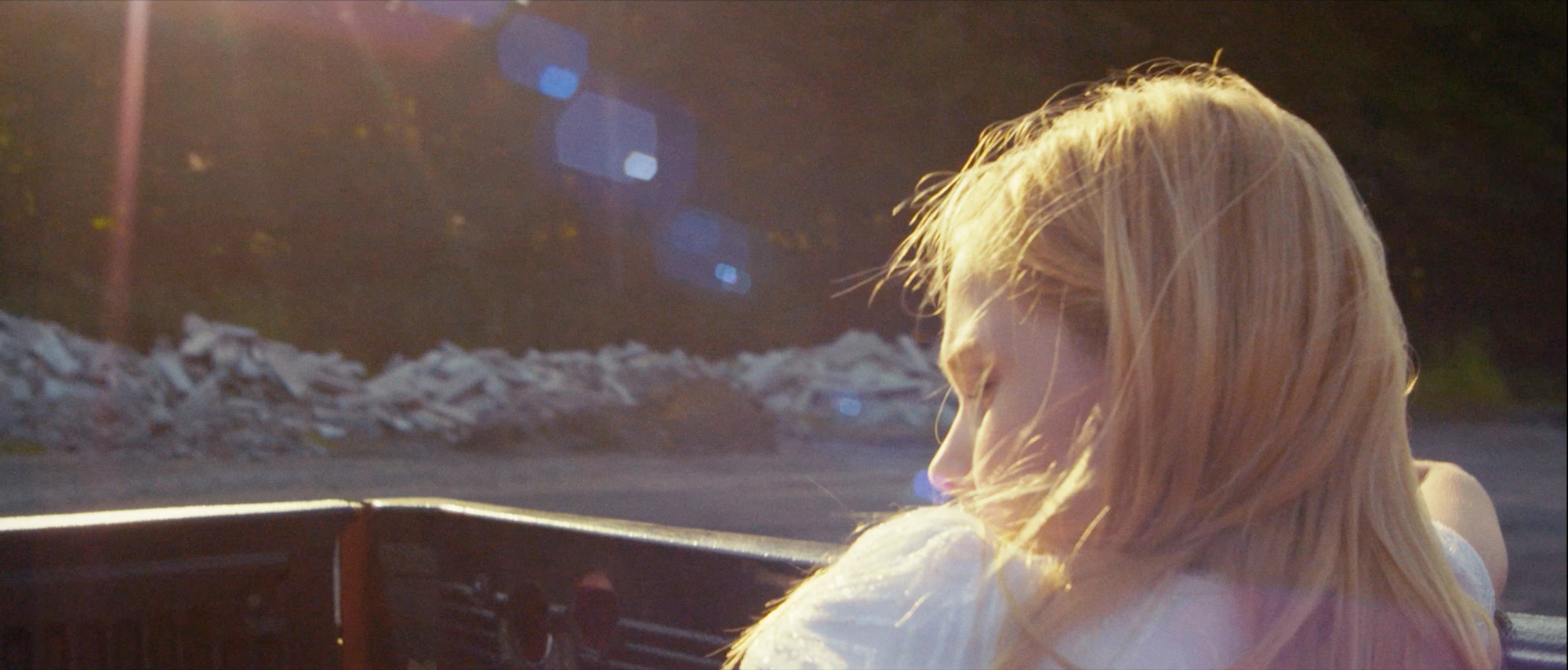
I always wanted the film to feel suspended between memory and desire. For the audience to be a participant in her dreams and witness to her past experiences is the type of engagement I was after. With this as an approach, I had a freedom with the visuals to be more expressive and less direct with the explanation of her experience. Atmosphere and mood became more important than exposition. And anything I missed visually, could be made up given the diary-style voiceover approach. I also think that generally, documentaries in the short form don’t have to be as explanatory. The goal for me wasn’t to outline who Jane is, necessarily, but more to allow for other people the opportunity to connect with how she feels.
Atmosphere and mood became more important than exposition.
Post production was handled between myself and my friend Andre Bato. His framework for the edit really realized the dream-like suspension between present and past that I was searching for. With the help of Eli Cohn for sound and Benjamin Louis Brody’s killer guitar, I couldn’t be more proud of what we pieced together.

